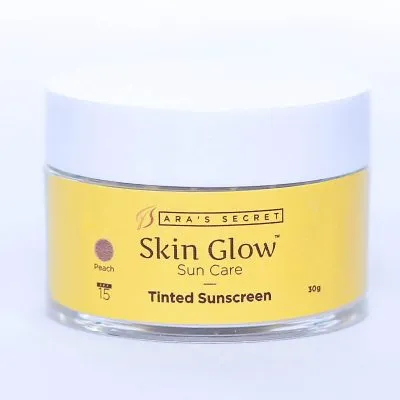Understanding Underarm Discoloration
Underarm discoloration, often perceived as darker skin in the armpit area, is a common cosmetic concern that affects individuals of all skin tones. It is usually not a medical issue, but can cause self-consciousness. The darkening can range from mild to significant and is typically a result of hyperpigmentation, where the skin produces more melanin. Understanding the root causes is the first step to effective dermcare strategies. Various factors contribute to this discoloration, including genetics, lifestyle choices, and the use of certain products. Proper identification of these causes can guide you toward the most suitable and effective treatments available.
Common Causes of Dark Underarms
Several factors can contribute to underarm discoloration. Identifying these causes helps in determining the right course of action for effective treatment. Common causes include hyperpigmentation, friction and irritation from shaving or clothing, product buildup from deodorants and antiperspirants, and certain medical conditions. Addressing these underlying issues through proper care and targeted treatments is crucial to achieving desired results. The following dives deep to the most common triggers for discoloration.
Hyperpigmentation
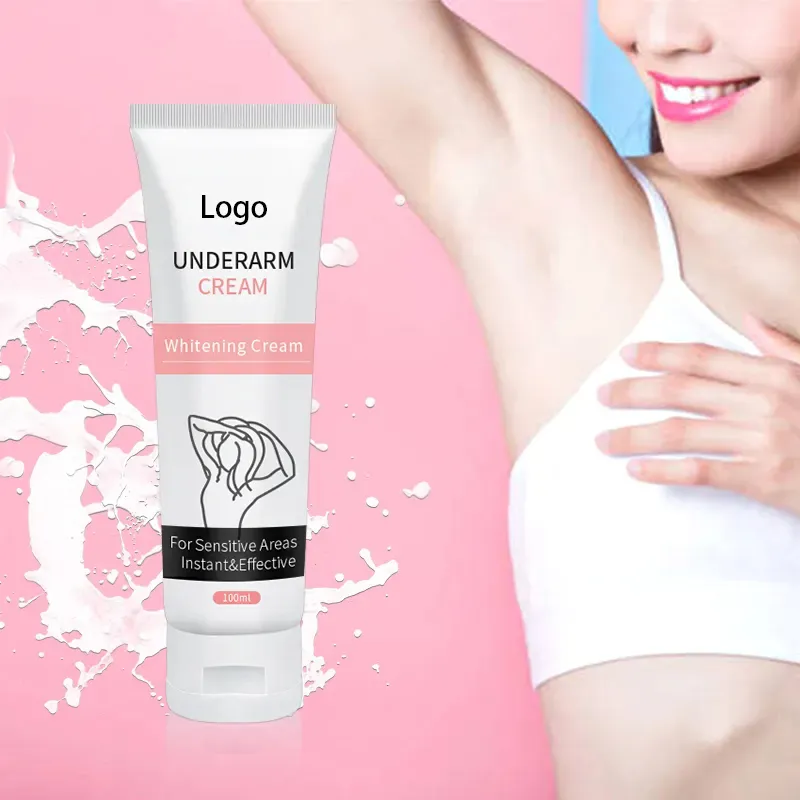
Hyperpigmentation is the most common culprit behind dark underarms. This condition occurs when the skin produces excess melanin, the pigment responsible for skin color. This overproduction can be triggered by various factors, including hormonal changes, inflammation, and sun exposure. In the underarm area, irritation from shaving, waxing, or the use of harsh chemicals can stimulate melanin production. People with darker skin tones are often more prone to hyperpigmentation. Effective strategies to manage this include using skin-lightening products containing ingredients like kojic acid, arbutin, or niacinamide, along with avoiding further irritation and protecting the area from sun exposure to prevent worsening the condition. It’s advisable to consult with a dermatologist for personalized guidance and treatment options.
Friction and Irritation
Repeated friction and irritation in the underarm area can also lead to skin darkening. Constant rubbing from tight clothing, or aggressive shaving techniques, and even excessive sweating can cause inflammation and irritation, which in turn stimulates melanin production. Shaving, especially, can cause micro-tears in the skin, which can become inflamed and trigger hyperpigmentation. This inflammation often leads to darkening of the skin over time. To mitigate this, consider switching to gentler hair removal methods, such as waxing or laser hair removal, and opting for loose-fitting clothing to reduce friction. Using a moisturizing cream and gentle, unscented products can also minimize irritation and prevent further darkening.
Product Build-up
The accumulation of product residue, particularly from deodorants and antiperspirants, can contribute to underarm discoloration. Many deodorants contain chemicals, fragrances, and aluminum-based compounds that can irritate the skin over time. These ingredients may cause inflammation and, subsequently, hyperpigmentation. Regular use of these products without proper cleansing can lead to a build-up, further exacerbating the issue. To avoid this, select products that are free from harsh chemicals, alcohol, and fragrances. Consider using natural alternatives, and always ensure thorough cleansing of the underarm area during your daily shower to remove any residual buildup and help in the underarm whitening process.
Top 5 Dermcare Tips for Underarm Whitening
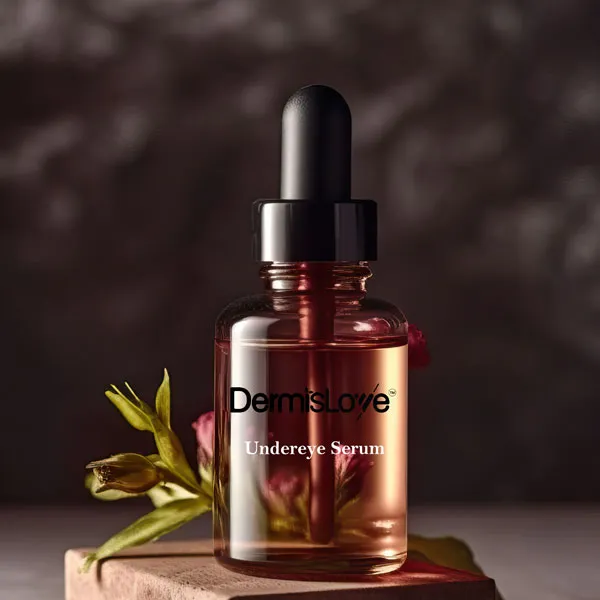
Achieving brighter underarms requires a consistent and well-rounded approach. These dermcare tips combine proven techniques and essential practices to help lighten and even out the skin tone in the underarm area. From gentle exfoliation to professional treatments, these strategies can improve the appearance of your underarms and boost your confidence. Integrating these tips into your daily routine can provide effective results.
Tip 1 Gentle Exfoliation
Exfoliation is a crucial step in removing dead skin cells and promoting skin cell turnover. Regularly exfoliating the underarm area helps to lighten the skin and improve its texture. This process removes the surface layer of dead cells, which can contain excess melanin that causes the darkening effect. Be sure to exfoliate gently and avoid harsh scrubbing to prevent irritation. Exfoliation not only helps lighten the skin, but also allows whitening products to penetrate deeper for enhanced effectiveness.
Choosing the Right Exfoliants
Choosing the right type of exfoliant is essential for underarm whitening. Opt for gentle exfoliants that won’t irritate the sensitive skin in this area. Chemical exfoliants, such as those containing glycolic acid or lactic acid, can be effective and are generally gentler than physical scrubs. Physical exfoliants, like sugar scrubs or loofahs, should be used with caution and very lightly to prevent micro-tears and irritation. Consider your skin sensitivity and choose an exfoliant that best suits your needs. It’s advisable to start with a mild exfoliant and gradually increase the intensity as your skin adjusts. Always moisturize after exfoliating to hydrate and soothe the skin.
Frequency of Exfoliation
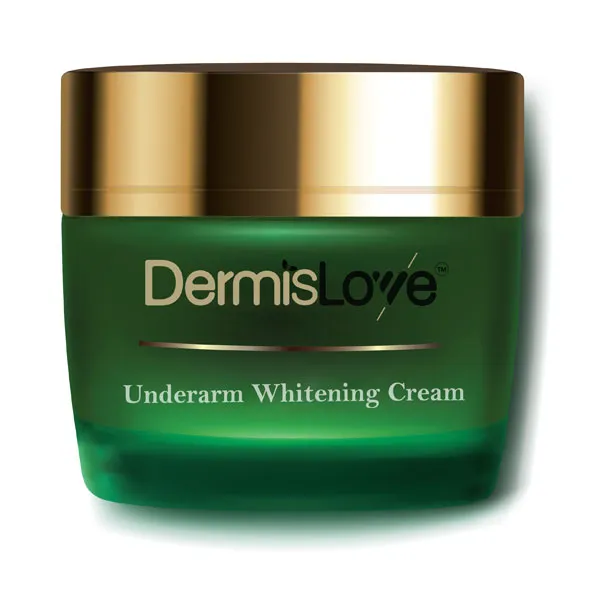
The frequency of exfoliation is important for achieving desired results without causing irritation. Exfoliate the underarms one to three times per week, depending on your skin’s sensitivity. Over-exfoliating can strip the skin of its natural oils, leading to dryness, irritation, and potentially worsening discoloration. Start with once a week and gradually increase as needed, monitoring your skin’s reaction. If you notice any redness, itching, or discomfort, reduce the frequency or switch to a gentler exfoliant. After exfoliating, always apply a moisturizer to keep the skin hydrated and healthy.
Tip 2 Use of Whitening Products
Incorporating whitening products into your routine can significantly aid in lightening underarms. These products are formulated to reduce melanin production and brighten the skin. Look for products that contain effective ingredients that are suitable for the underarm area. Proper application and regular use of these products will help you see visible improvements. Always conduct a patch test before using any new product to check for any adverse reactions. With the right products and consistent application, you can achieve more radiant underarms.
Ingredients to Look For
Several ingredients are known for their skin-lightening properties and can be highly effective in underarm whitening products. Consider products with ingredients like kojic acid, which inhibits melanin production; arbutin, which is a natural skin brightener; and niacinamide, a form of vitamin B3 that can reduce inflammation and even out skin tone. Other beneficial ingredients include vitamin C, which is an antioxidant that can brighten the skin, and licorice extract, which contains glabridin that helps to lighten dark spots. Always choose products that are gentle and suitable for sensitive skin. Look for formulations that also contain moisturizing ingredients to prevent dryness.
How to Apply Whitening Products
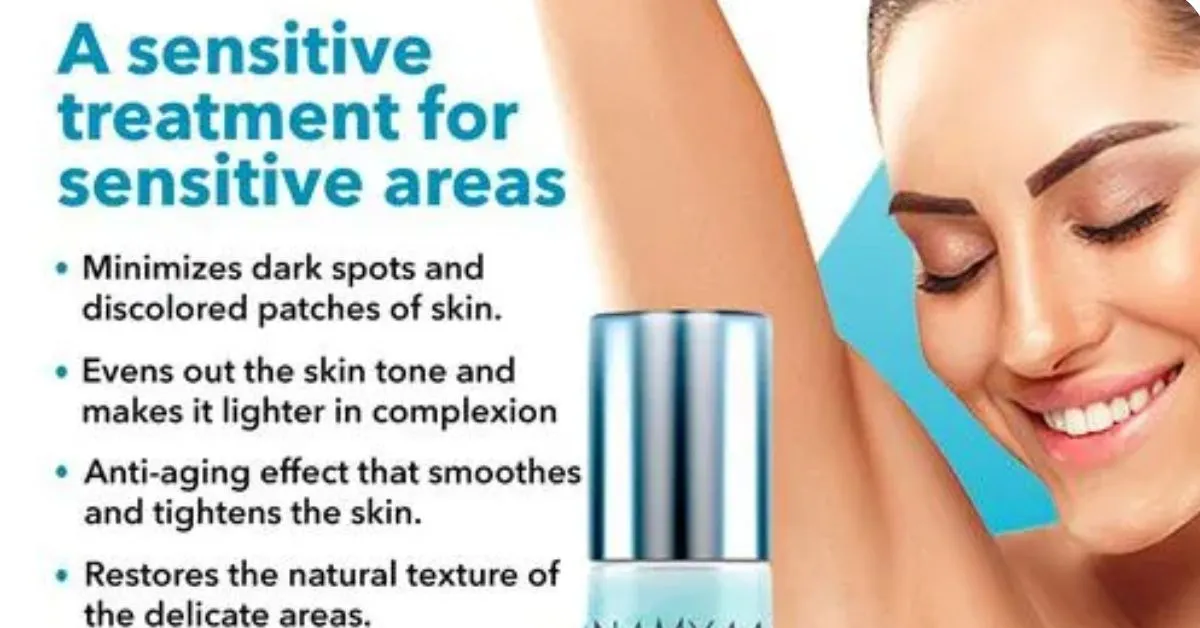
Proper application of whitening products is crucial for optimal results. Start by cleansing and drying the underarm area. Apply a thin layer of the product to the affected area and gently massage it into the skin until fully absorbed. Follow the product instructions and apply it regularly, usually once or twice a day. Consistency is key, so integrate these products into your daily routine. Avoid applying excessive amounts, as this can lead to irritation. Always apply a moisturizer after using whitening products to keep the skin hydrated. Be patient, as it may take several weeks to see noticeable results. If you experience any irritation, discontinue use and consult with a dermatologist.
Tip 3 Moisturize Regularly
Regular moisturizing is essential for maintaining healthy and bright underarms. The underarm area is prone to dryness due to shaving, friction, and the use of certain products. Proper hydration is essential for skin health and can improve the effectiveness of whitening treatments. Consistent moisturizing can also help to soothe irritation and prevent further discoloration. By keeping your skin hydrated, you promote a healthier skin barrier, which leads to more effective whitening. Always moisturize after exfoliating and applying whitening products to lock in moisture.
Choosing the Right Moisturizer
Choosing the right moisturizer is key for effectively hydrating the underarm area. Look for a fragrance-free, hypoallergenic moisturizer that is specifically formulated for sensitive skin. Ingredients like hyaluronic acid, ceramides, and glycerin are excellent for attracting and retaining moisture, keeping the skin supple and hydrated. Avoid moisturizers with harsh chemicals, alcohol, or fragrances that can cause irritation. Apply the moisturizer after showering and after exfoliating or using whitening products to lock in moisture and enhance their effects. Opt for a lightweight formula that won’t clog pores, and apply it at least twice daily for optimal hydration.
Benefits of Moisturizing
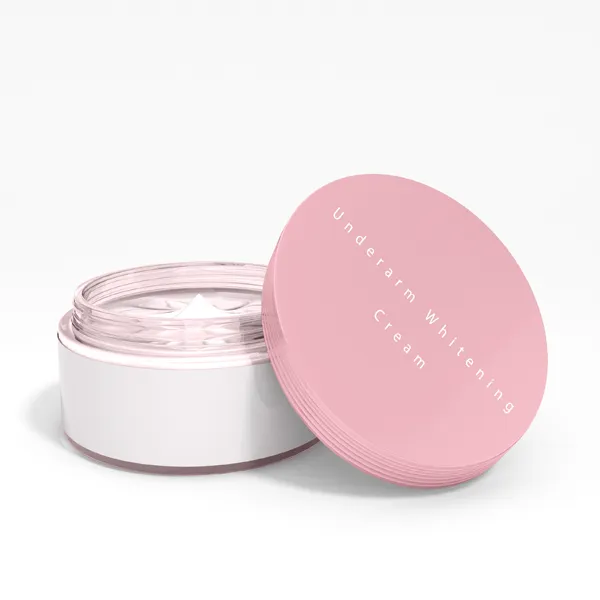
Moisturizing offers numerous benefits for underarm health and appearance. It helps to soothe irritated skin, reduce inflammation, and improve the overall skin texture. Consistent moisturizing can also enhance the effectiveness of whitening treatments by creating a healthier environment for the skin to regenerate. Hydrated skin is more resilient and less prone to hyperpigmentation. Regular moisturizing helps to maintain the skin’s natural barrier function, preventing dryness and protecting against environmental stressors. Incorporate moisturizing into your daily routine to keep your underarms healthy, smooth, and bright. It’s a simple yet essential step for achieving and maintaining desired results.
Tip 4 Avoid Irritants
Avoiding irritants is crucial for preventing and reducing underarm discoloration. Many everyday products and practices can cause irritation, leading to inflammation and darkening of the skin. By identifying and avoiding these triggers, you can significantly improve the condition of your underarms and enhance the effectiveness of your whitening efforts. Focus on using gentle products and practicing mindful habits to minimize irritation and promote healthier skin.
Deodorant and Antiperspirant Choices
Deodorants and antiperspirants can contain ingredients that irritate the skin, contributing to underarm darkening. Look for products that are free from alcohol, fragrances, and harsh chemicals. Consider natural deodorants made with ingredients like baking soda, essential oils, and plant extracts. Avoid products containing aluminum, which can clog pores and cause irritation. If you experience irritation, try switching to a sensitive skin formula or a hypoallergenic option. Always apply deodorant to clean, dry underarms. This will help to minimize irritation and allow the product to work effectively without causing discoloration. Experiment with different brands until you find one that suits your skin and provides the necessary protection.
Shaving Techniques
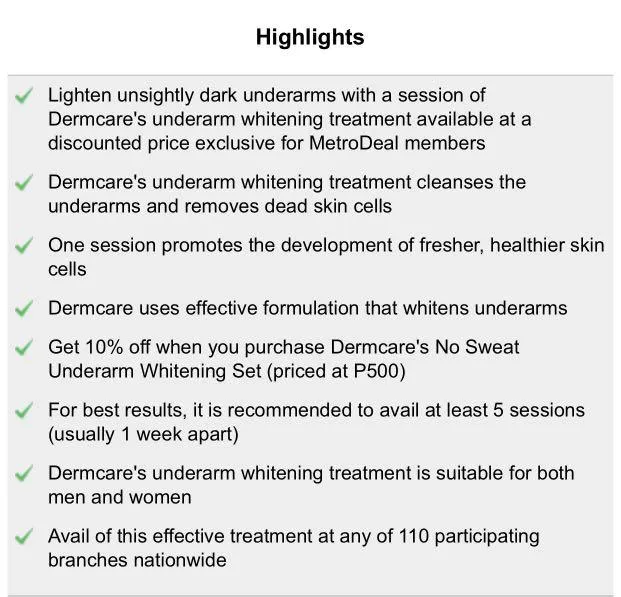
Shaving can often lead to underarm irritation and ingrown hairs, which can cause hyperpigmentation. To minimize irritation, always use a sharp razor and shaving cream or gel to lubricate the skin. Shave in the direction of hair growth to prevent irritation and ingrown hairs. Avoid dry shaving, as this can cause significant friction and irritation. After shaving, rinse the area with cool water and apply a soothing moisturizer to calm the skin. Consider alternative hair removal methods, such as waxing or laser hair removal, which can be gentler on the skin and reduce the risk of irritation. If you must shave, be sure to replace your razor frequently and avoid excessive pressure to prevent further darkening.
Tip 5 Professional Dermcare Treatments
Sometimes, over-the-counter treatments may not be enough to address underarm discoloration. Professional dermcare treatments can offer more advanced and effective solutions. These treatments are administered by trained professionals and are tailored to address the specific needs of each individual. They provide more potent treatments and can deliver faster results than at-home remedies. Consulting with a dermatologist can help you decide if these treatments are right for you.
Chemical Peels
Chemical peels are a popular dermcare treatment for underarm whitening. These peels use chemical solutions to exfoliate the skin and promote cell turnover, reducing hyperpigmentation. Different types of chemical peels are available, ranging from light to deep. The type of peel used will depend on the severity of the discoloration and your skin type. Glycolic acid and lactic acid peels are often used because they are effective and gentler. A dermatologist will assess your skin and recommend the most appropriate peel for your needs. Multiple sessions are typically required to achieve the best results. After the peel, proper aftercare, including moisturizing and sun protection, is essential to prevent further discoloration.
Laser Therapy
Laser therapy is another effective professional treatment for underarm whitening. Lasers target the excess melanin in the skin, breaking down the pigment and lightening the area. Various types of lasers, such as Q-switched Nd YAG lasers, are commonly used for this purpose. The number of sessions needed depends on the degree of discoloration. Laser treatments offer more precise and targeted results compared to other methods. They are also often more effective for stubborn cases of hyperpigmentation. As with any procedure, it’s essential to consult a dermatologist to determine if laser therapy is the right choice for you. After treatment, following aftercare instructions, including avoiding sun exposure and moisturizing, is crucial for optimal results and to prevent recurrence.
Maintaining Results and Preventing Future Discoloration
Maintaining the results of your underarm whitening efforts requires consistent care and preventative measures. By incorporating these practices into your routine, you can ensure long-lasting results and prevent future discoloration. This means regular care and a commitment to healthy habits. Always prioritize gentle skincare, and consult with a dermatologist for personalized advice and treatment plans. The goal is to create and maintain bright, even-toned underarms, which boosts confidence and overall skin health.
